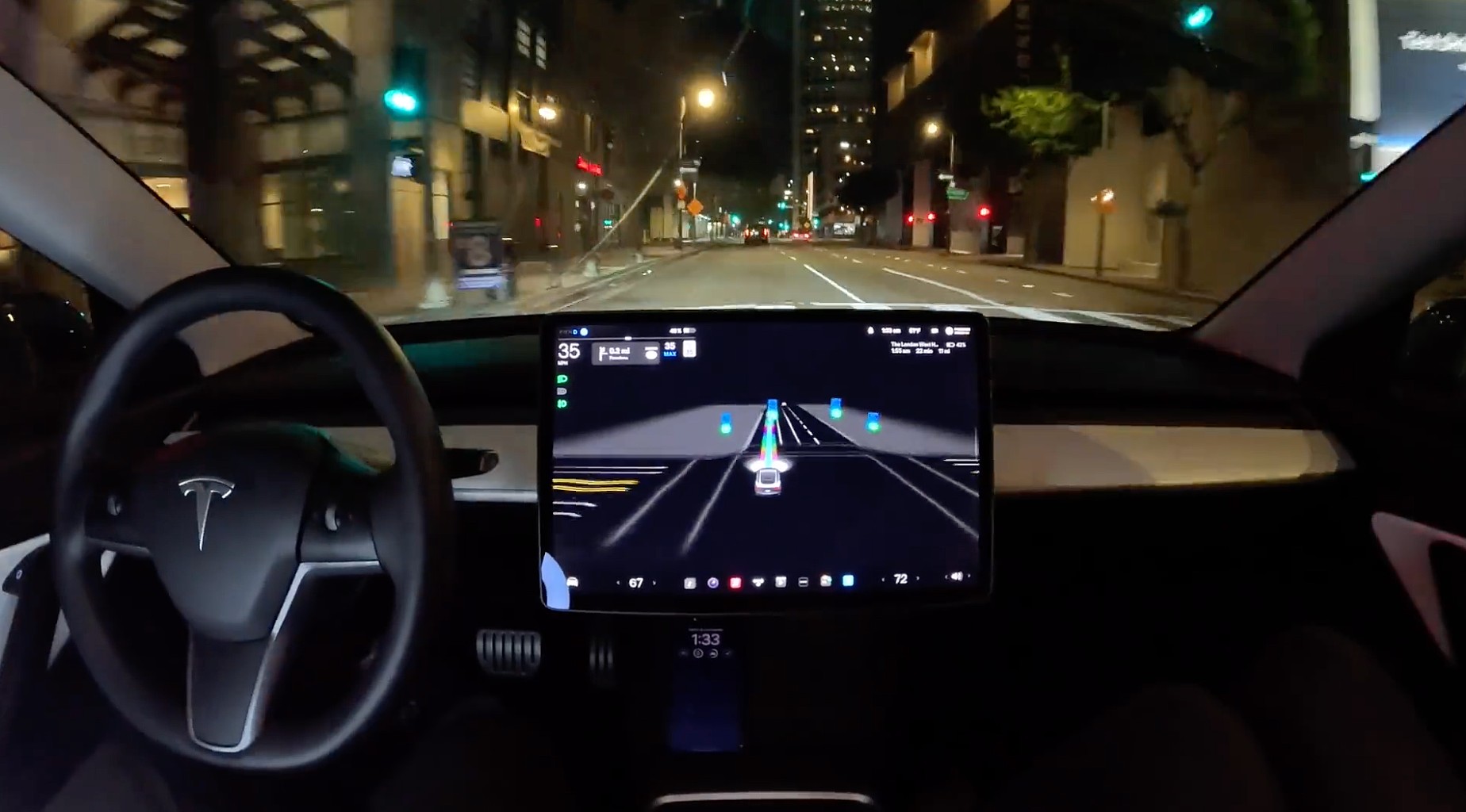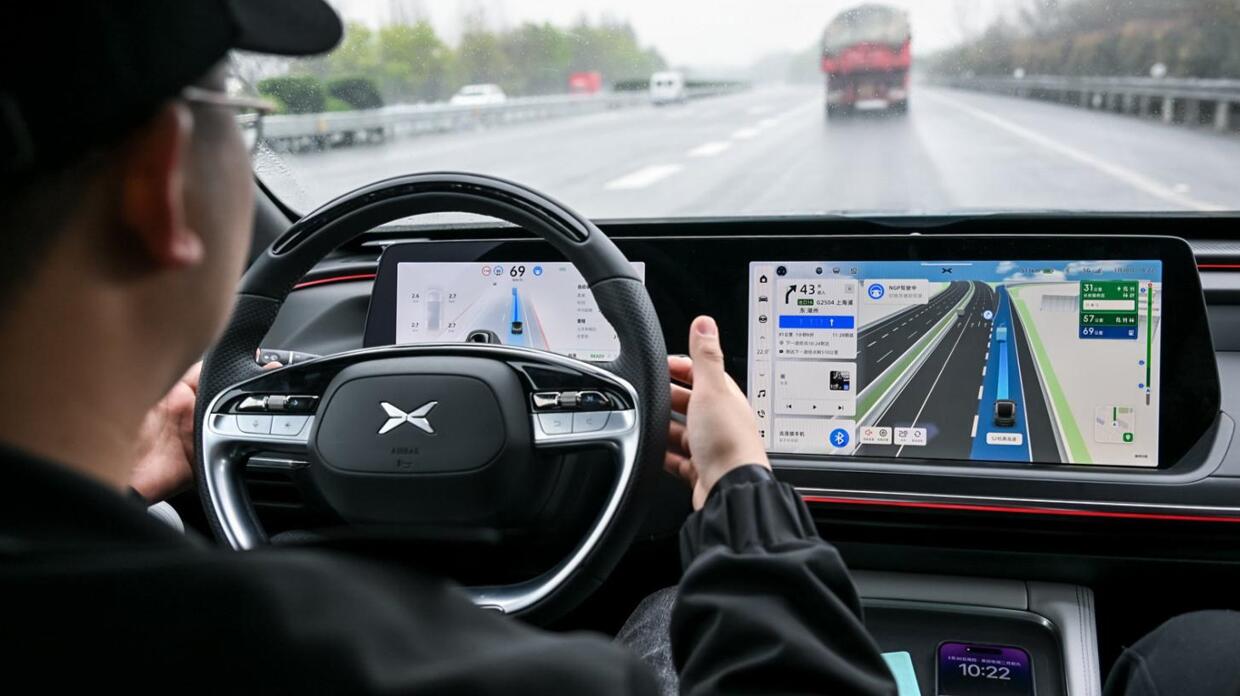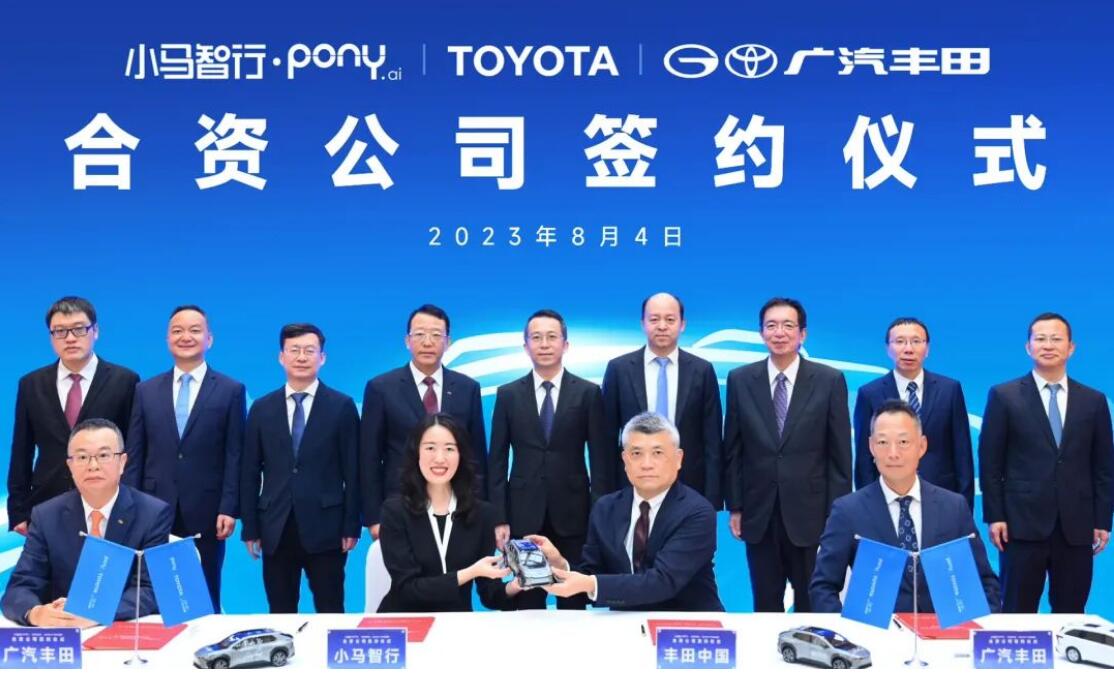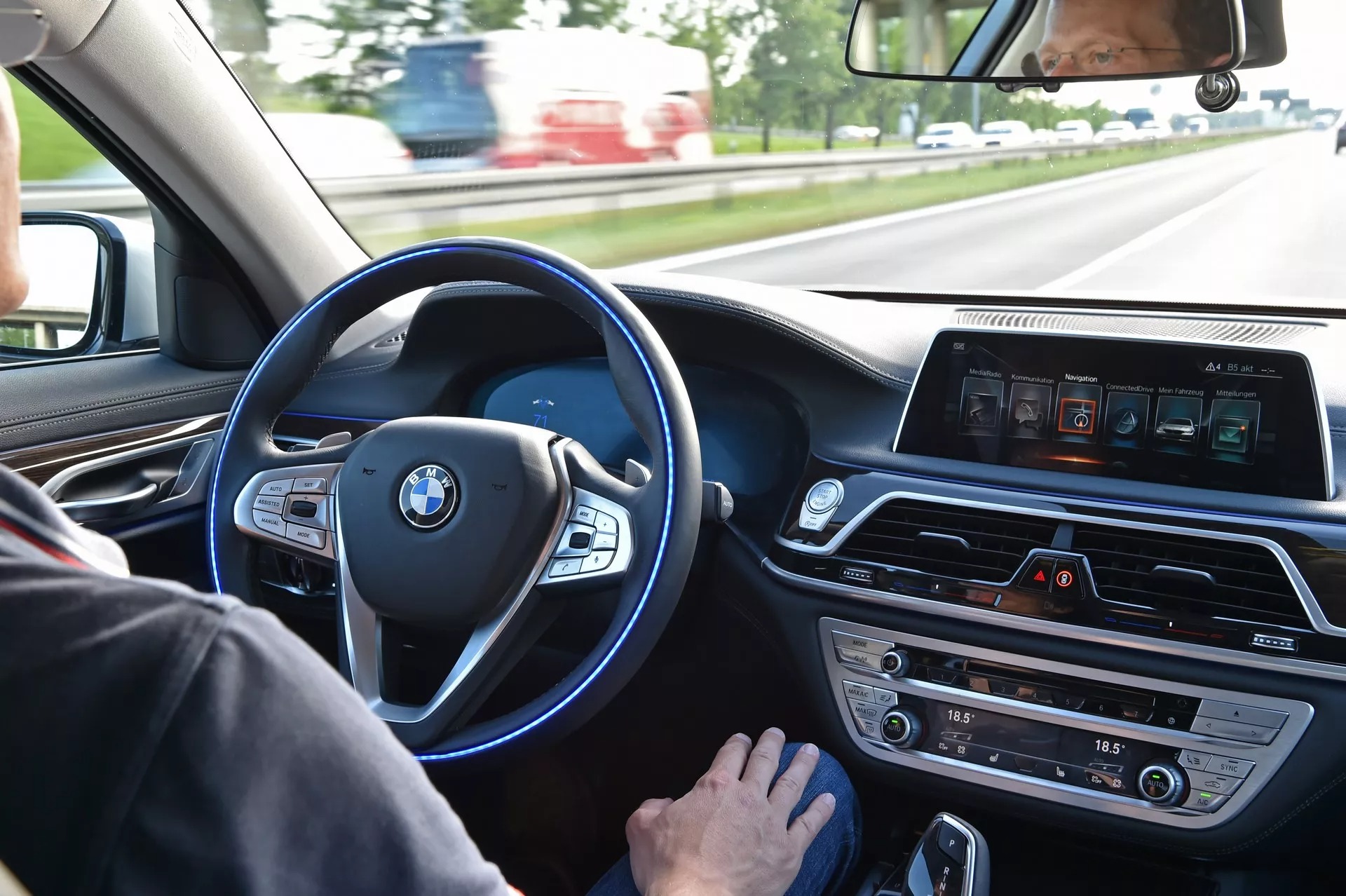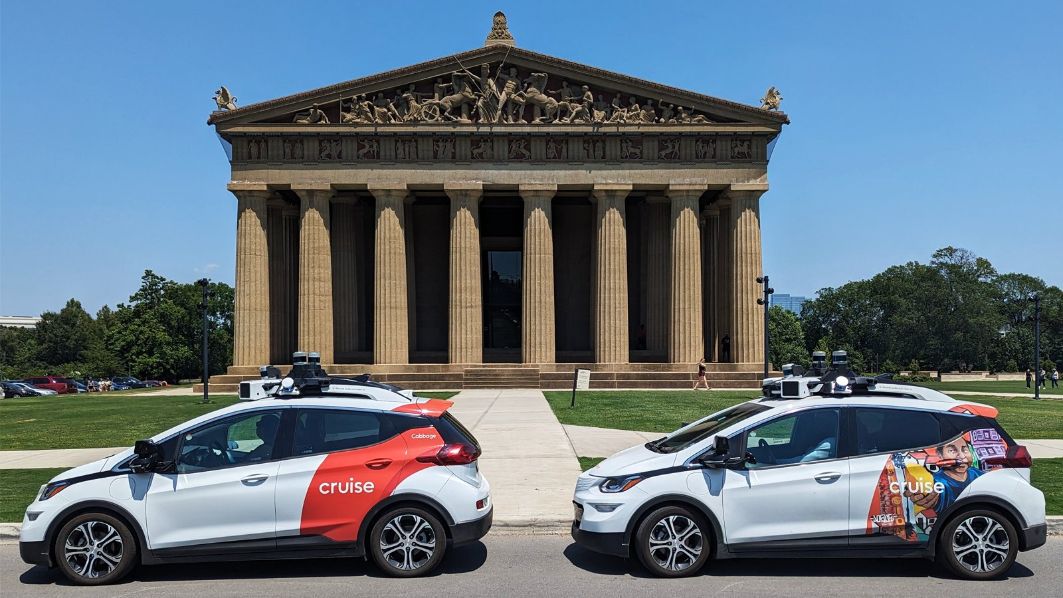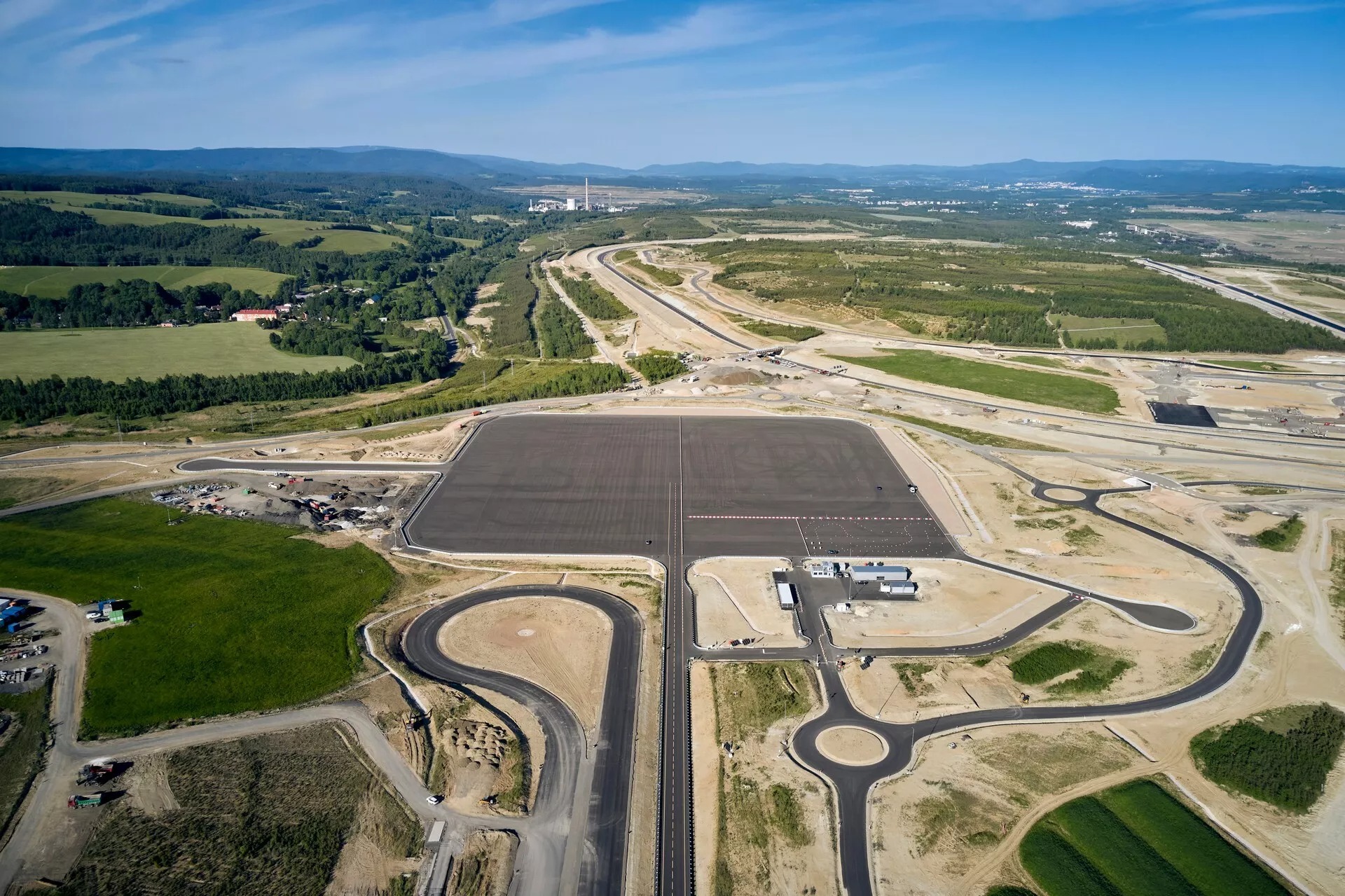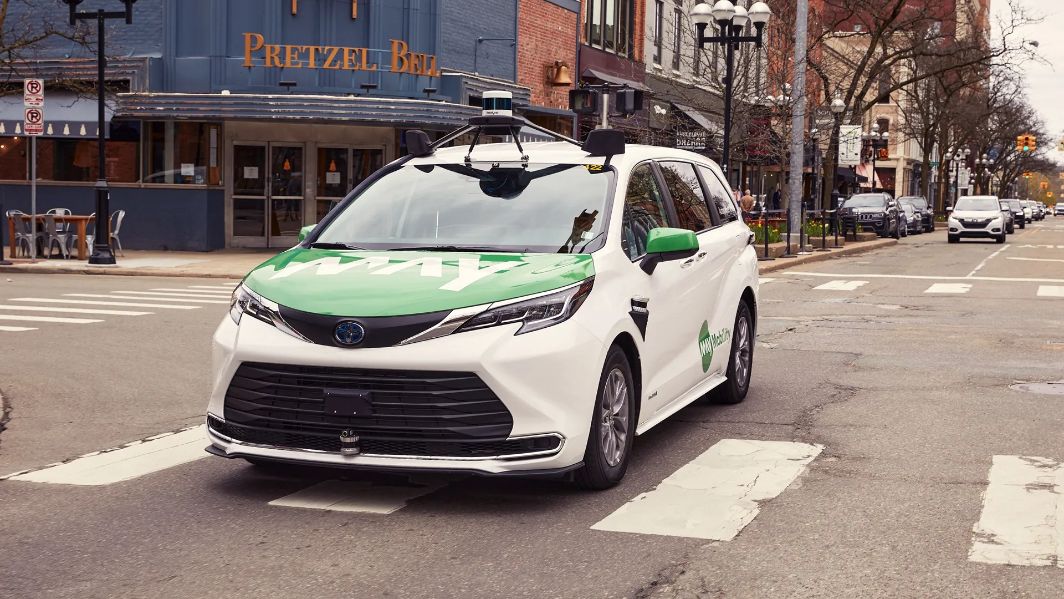In a recent update on Tesla’s Full Self-Driving (FSD) technology, CEO Elon Musk revealed that the company is now working on the “final piece” of the AI puzzle—vehicle control. Despite Musk’s previous reluctance to make predictions about self-driving capabilities, he recently expressed confidence in achieving full autonomy by the end of the year, subject to regulatory approval.
For users of Tesla’s FSD Beta, the prospect of transitioning from the current state to level 4 or 5 autonomy—where Tesla assumes system responsibility and allows drivers to use it without monitoring—within a few months may seem challenging to envision.
Vehicle control is the final piece of the Tesla FSD AI puzzle. That will drop >300k lines of C++ control code by ~2 orders of magnitude.
It is training as I write this. Our progress is currently training compute constrained, not engineer constrained.
— Elon Musk (@elonmusk) August 1, 2023
On Twitter, Musk clarified that “vehicle control” represents the last essential element in the Tesla FSD AI puzzle. He disclosed that this development would substantially reduce over 300,000 lines of C++ control code by around two orders of magnitude. Instead of relying primarily on direct coded instructions, Tesla seems to be shifting towards a more significant reliance on neural nets for vehicle control.
The CEO further revealed that Tesla is actively training these neural nets, with “training compute” being the current limitation. In other words, the progress is constrained not by engineering capabilities but by the available computing resources for training the neural networks.
Musk has recently emphasized Tesla’s efforts to secure substantial compute power from NVIDIA and simultaneously deploy its own Dojo supercomputer program. This focus on computational capabilities is in line with Tesla’s commitment to advancing AI technology for self-driving purposes.
As Tesla continues to work towards achieving full autonomy, the role of neural nets in vehicle control appears to be a significant step forward. However, it remains to be seen how regulatory approval and real-world testing will unfold, shaping the future of autonomous driving for Tesla and the industry as a whole.

